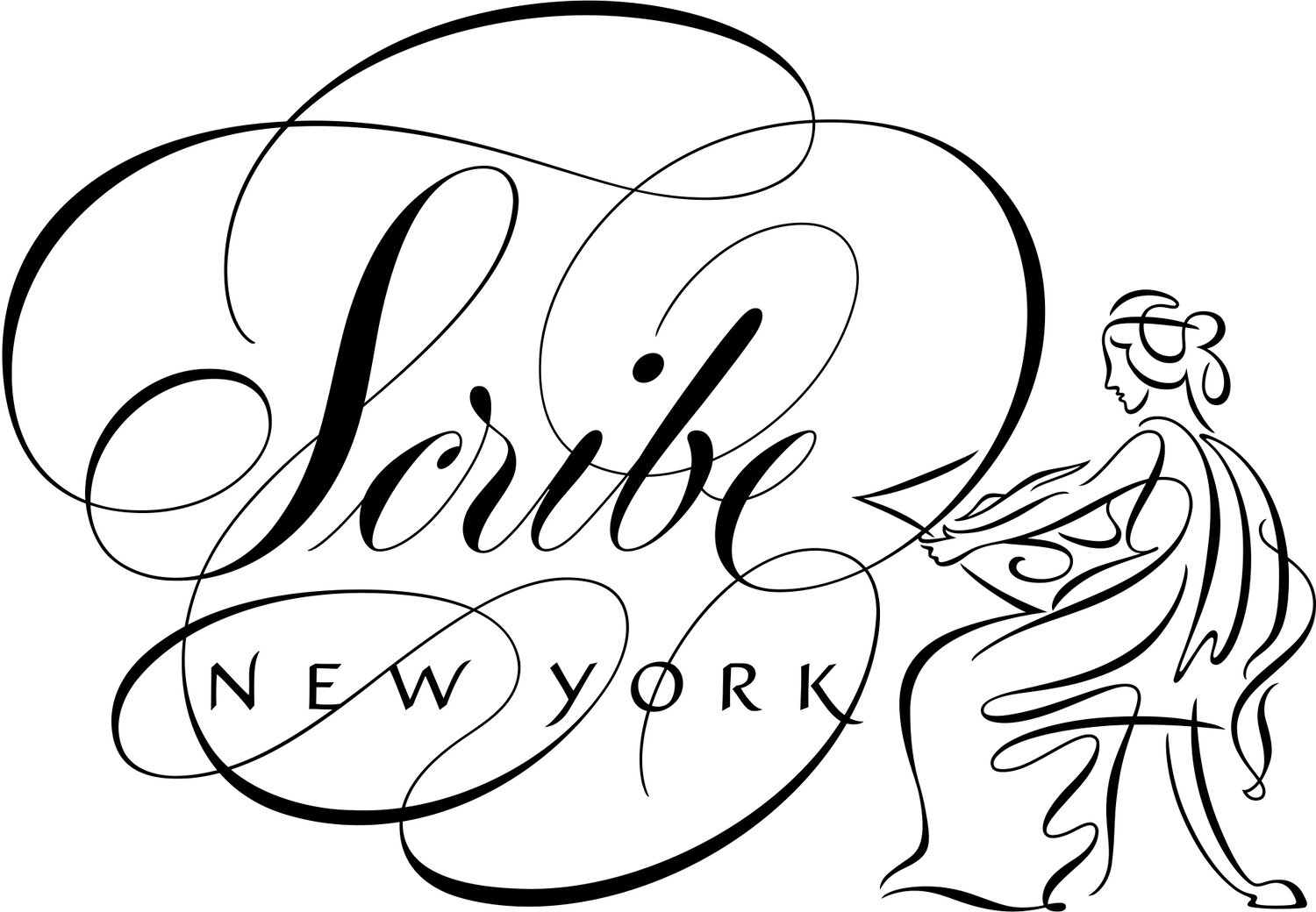Cultivating the Fallow Field
The other day, I sat at my work table to write the word ‘Quiet’ in calligraphy. Not for a client. Not for a product. Just because the word felt good to write. I pulled out a favorite nib, dipped it in ink, and let the curves unfold slowly. It should have felt like a sigh of relief—a gentle pause in a busy day and a reminder to slow down. But no sooner had I finished the first flourish than my inner critic asked: Shouldn’t you be doing something useful? Shouldn’t this be content, or at least a product? Couldn’t this be a social media post, a print, or something to sell?” And there it was: Guilt. The familiar, anxiety-inducing tug that says doing something purely for pleasure is frivolous at best and wasteful at worst.
The Inner Tyrant of Productivity
If you’ve felt this too, you’re not alone. We live in a culture that worships productivity. We are taught to optimize, monetize, and justify nearly every waking moment. Even hobbies now come with hashtags like #sidehustle. Art, we’re told, should have an audience. Time off must be earned. Pleasure should be purposeful—or at the very least, photographed.
In a January 2025 article for Vogue.com, writer Emily Chan asserts, “Toxic productivity is the obsession with radical self-improvement above all else.” It’s not just that we feel pressured to be productive at work—it’s that we’ve internalized the idea that even our personal time should be optimized. As Chan writes, “Even hobbies—meant to bring us joy and peace—are being twisted into something that’s optimized and monetized.”
Calligraphy, for me, has always been sacred ground—an artistic but meditative space where time slows and my hands and thoughts move in harmony. But even here, I sometimes find myself slipping into the trap: “How can this be used?” When I took up crochet last year, I vowed that each piece I’d make wouldn’t be for sale but instead, gifted to people who’d appreciate the craft and understand the love that goes into making a handbag, scarf, or doll. The reason? I need time off from meeting a deadline, filming the process, or calculating how much my time is worth (IT’S PRICELESS.)
Creativity Needs Room to Breathe
Over the years, I’ve learned that my creativity isn’t a faucet I can turn on when the world demands output. It’s more like a tide—it comes in and out, and if I try to force it into a rigid schedule, it starts to recede. Some of my most interesting ideas, both artistic and professional, have arrived when I wasn’t trying at all. While walking through a museum. While experimenting with letterforms just for fun. While sitting on a park bench with a notebook I didn’t plan to fill. These unstructured moments aren’t wasted time. They are compost. The soil from which good work—real work—grows. Science backs this up: research shows that doing “nothing” activates the brain’s default mode network (DMN), which aids in creativity, problem-solving, and memory consolidation. In other words, your mind needs open space if you want anything new to grow there. Even rest has become performative. As Chan writes: “We’re made to feel as though we should be achieving at all times, even if that achievement is simply meditating longer, eating cleaner, or journaling more consistently.” It’s absurd when you stop and really look at it. And exhausting.
Reclaiming Pleasure Without Permission
I’m trying to unlearn the reflex to justify activities that have no purpose but joy — penning a crossword, reading, painting. I’m learning to sew. To explore new writing materials and make art pieces that haven’t been commissioned. To listen to the whisper of inspiration, even if it never becomes a project. Here are a few practices I’ve found helpful:
Keeping a “no agenda” sketchbook—not for content, just for pleasure
Blocking off time for unstructured wandering (museums, bookstores, neighborhoods)
Decreasing scrolling time
Giving myself permission to stop mid-project if it’s no longer joyful
These aren’t productivity hacks. They’re little rebellions against the idea that every minute must be useful to someone else. They’re ways of saying: my attention, my delight, my sense of wonder—these things matter, too. And sometimes, as Chan so wisely reminds us, “The best thing you can do for yourself is nothing at all.” Artists often admit that periods of rest lead to astonishing periods of creativity and riches. The metaphor in nature is the fallow field which, when left dormant to rest, produces abundant harvests. I love the word fallow, the way it sounds, and the imagery it creates in my mind. Walt Whitman, in “Song of the Redwood Tree”, wrote: “The fields of Nature long prepared and fallow, the silent, cyclic chemistry, The slow and steady ages plodding, the unoccupied surface ripening, the rich ores forming beneath.” To remind you of the importance of the fallow periods, I’m gifting you a printable that you can place somewhere as a reminder to enjoy your down-time, GUILT FREE.
In Praise of Unproductive Joy
You do not need to earn your right to play. Or rest. You do not need to justify your joy. And you are not lazy, selfish, or weak for wanting beauty, literature, crochet (or crossword puzzles!) in your day. As Mary Oliver once asked, “Tell me, what is it you plan to do with your one wild and precious life?” Let’s not spend it feeling guilty or apologizing for the things that make us feel most alive.
If you’d like to share your thoughts on this blog post, I’d love to hear from you either in the comments section below or via email: rita@scribenewyork.com. If you know someone who’d enjoy reading it, please send them the link!
Feel free to save this artwork and print it as a reminder that good things come from periods of rest, quiet, and unproductive play.

